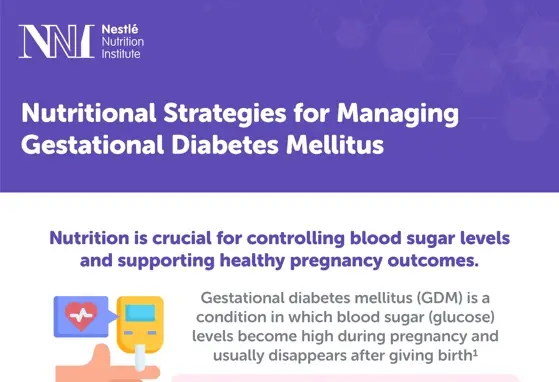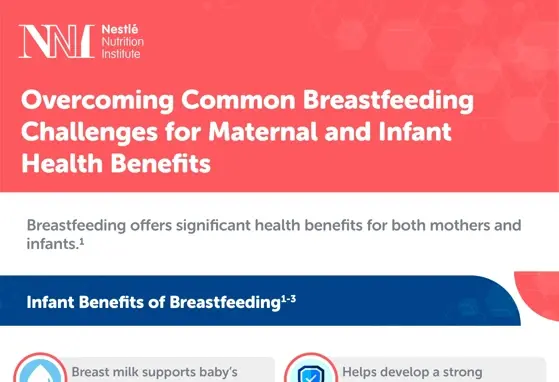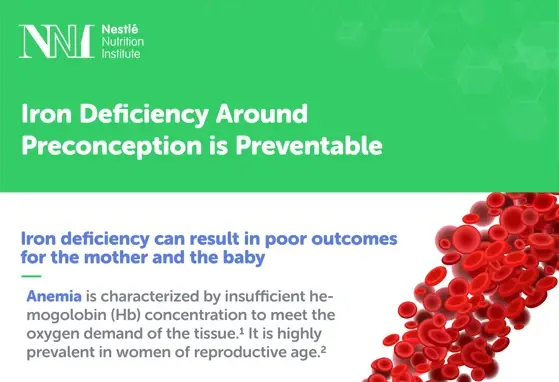Infographics
Infographics help to translate information into an easier visual representation.
This section presents a series of infographics on nutritional articles and publications.
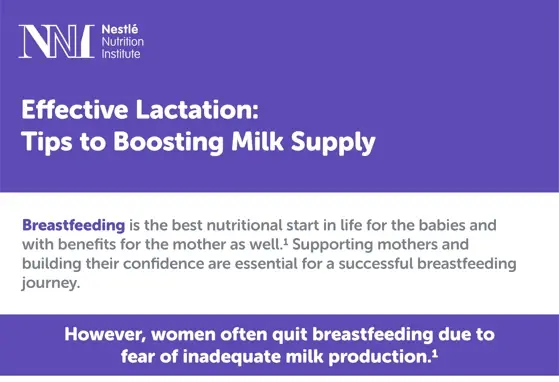

Mastitis: Clinical Insights and Implications for Breastfeeding Success
Mastitis: Clinical Insights and Implications for Breastfeeding Success
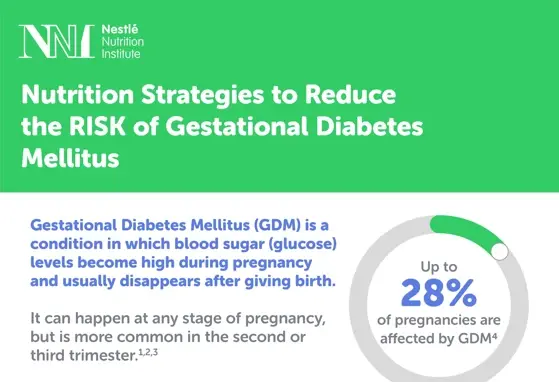
Nutrition Strategies to Reduce the Risk of Gestational Diabetes Mellitus
Nutrition Strategies to Reduce the Risk of Gestational Diabetes Mellitus
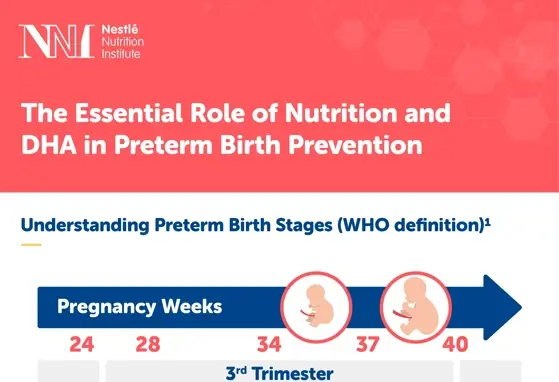
The Essential Role of Nutrition and DHA in Preterm Birth Prevention
The Essential Role of Nutrition and DHA in Preterm Birth Prevention
